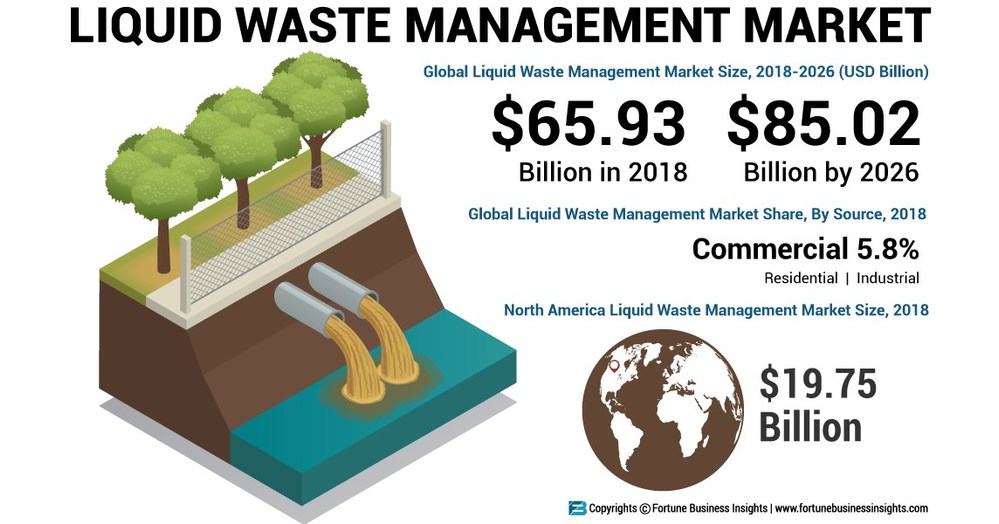The Buzz on Reclaim Waste
Table of ContentsAll About Reclaim WasteTop Guidelines Of Reclaim WasteReclaim Waste for BeginnersSome Ideas on Reclaim Waste You Should KnowNot known Factual Statements About Reclaim Waste
Domestic sewage waste refers to the waste and items from a domestic septic storage tank. The correct administration and disposal of residential sewer waste require liquid waste to be moved to a sewage treatment plant where the proper methods and tools are applied to cleanse and dispose of waste.
Commercial waste frequently includes potential hazards, such as combustible materials or a mix of liquid and strong waste products, and requires a much more sophisticated and thorough disposal procedure. The disposal of business waste usually involves the purification of waste prior to transportation to make sure safe and correct disposal. Industrial waste is created from by-products and runoff of industrial procedures and production.
This type of waste can not utilize the same sewer management transportation or processes as septic or business liquids. The hazardous waste monitoring process requires the evaluation and screening of liquid waste prior to it undergoes the disposal process (liquid waste disposal melbourne). Runoff waste is the liquid waste that comes from drainage and excess stormwater in very populated locations or cities
Overflow waste can create contamination and flooding if not managed correctly. Ensuring appropriate waste monitoring can stop catastrophes and lower ecological harm.
Facts About Reclaim Waste Revealed
Contact PROS Providers today to discover regarding our waste monitoring and disposal solutions and the proper ways to take care of the liquid waste you generate.
(https://www.metal-archives.com/users/reclaimwaste1)Do you understand what occurs to your water when you disengage, flush the toilet or drain pipes the cleaning machine? No? Well, it deserves recognizing. This supposed 'wastewater' is not just an important source however, after treatment, will be launched to our land, waterways or the sea. Used water from toilets, showers, baths, cooking area sinks, laundries and industrial processes is understood as wastewater.

water used to cool machinery or tidy plant and equipment). Stormwater, a type of wastewater, is runoff that flows from agricultural and city areas such as roofings, parks, gardens, roads, courses and seamless gutters right into stormwater drains, after rainfall. Stormwater moves neglected straight to regional creeks or rivers, ultimately reaching the sea.
Getting The Reclaim Waste To Work
In Queensland, most wastewater is treated at sewage treatment plants. Wastewater is carried from domestic or commercial sites with a system of sewage systems and pump stations, known as sewage reticulation, to a sewage treatment plant.
The Division of Natural Resources suggests city governments regarding handling, operating and keeping sewage systems and treatment plants. In unsewered locations, regional governments may require homeowners industrial wastewater treatment to set up individual or home sewage therapy systems to deal with domestic wastewater from commodes, cooking areas, washrooms and washings. The Department of Natural Resources authorises the usage of house systems when they are proven to be reliable.
In some new neighborhoods, therapy of some stormwater to eliminate trash, sand and gravel has begun using gross pollutant traps. Wastewater therapy occurs in 4 phases: Gets rid of solid matter.
Utilizes little living organisms understands as micro-organisms to break down and get rid of staying dissolved wastes and fine bits. Micro-organisms and wastes are incorporated in the sludge.
Reclaim Waste Fundamentals Explained
Nutrient elimination is not available in all sewage therapy plants due to the fact that it calls for pricey specialized devices. It is becoming much more typical in Queensland. Clear fluid effluent generated after therapy might still include disease-causing micro-organisms. If this effluent is released into waterways such as rivers or the sea, the micro-organisms will eventually pass away out.

Most wastewater flows into the sewage system. Under the Act, neighborhood governments provide approvals and permits for environmentally relevant activities (Ages) including wastewater releases that might have a neighborhood effect.
What Does Reclaim Waste Mean?
Monitoring offers valid details about water top quality and can verify that licence conditions are being fulfilled. The information acquired through monitoring gives the basis for making water top quality decisions.